Fluorescence sensing along with molecular self-assembly leads to a highly selective sensory system for biologically important molecules.
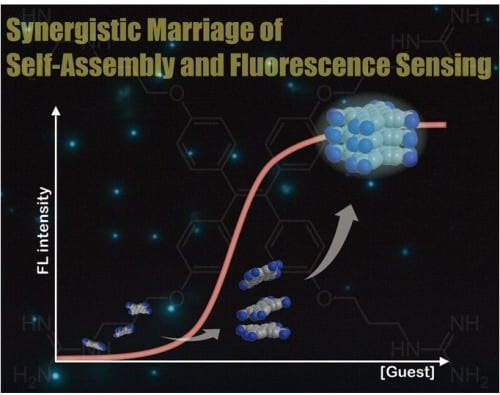

Fluorescence sensing along with molecular self-assembly leads to a highly selective sensory system for biologically important molecules.
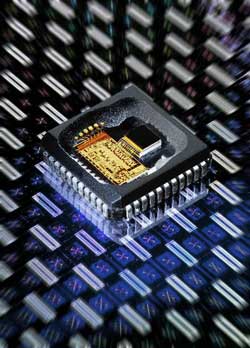
New design methodology may pave the way for micro-electromechanical sensors and actuators – robots will be able to see and feel more effectively in future.
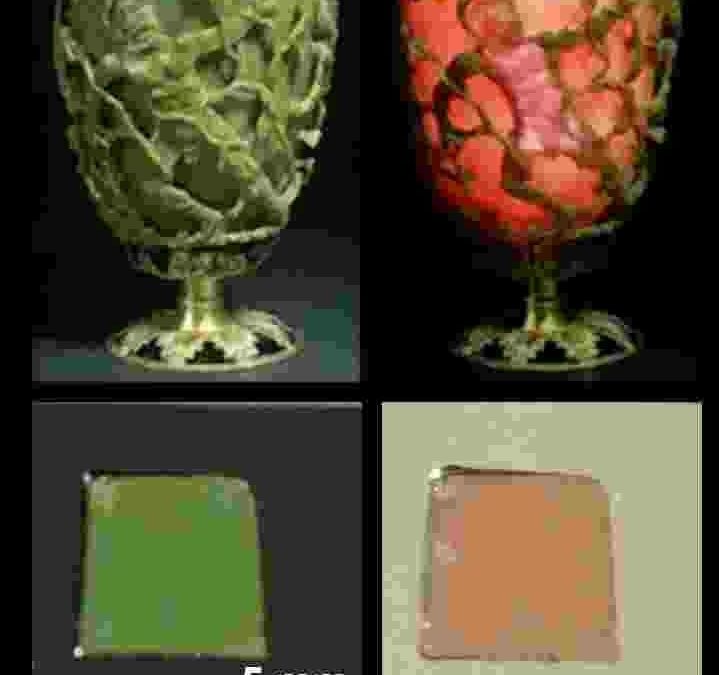
Professor Logan Liu and co-workers at University of Illinois create large-area, high-density nanoscale arrays based on the the Lycurgus Cup.
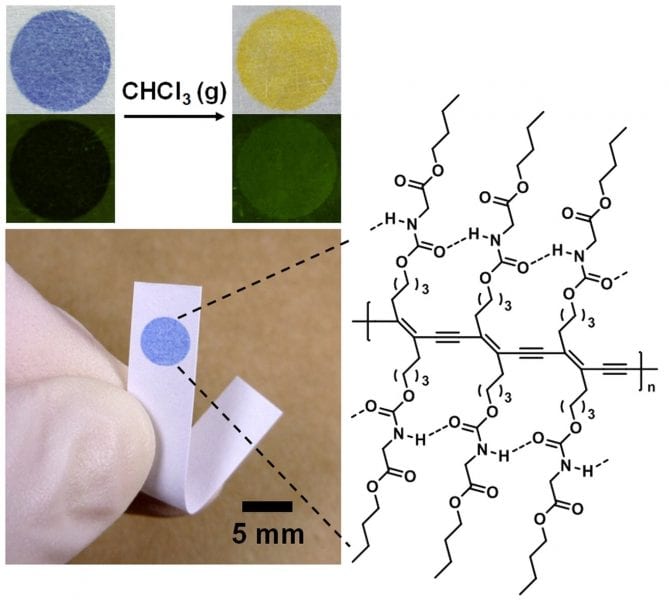
A litmus-type sensor system for the detection of volatile organic compounds is developed using a common office inkjet printer.
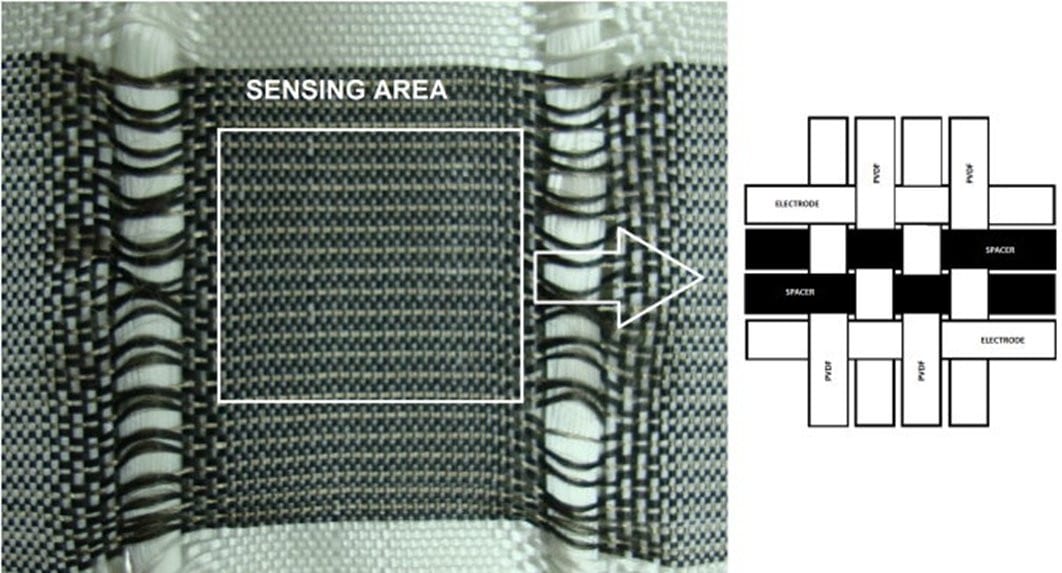
Piezoelectric force sensors based on polyvinylidene fluoride fibers can detect small forces and be integrated in textiles.
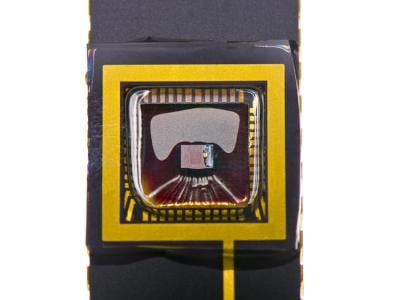
Organic sensors developed at TU Munich increase light sensitivity of cameras.
Device is more efficient, versatile and cheaper and could be used in airport security scanners or collision avoidance systems.

New technology combines a laser and electric fields to separate particles and microbes by size.
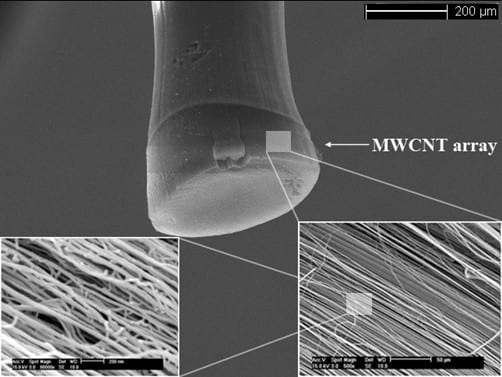
Device monitors microcystin-LR, a cyanobacterial toxin, in sources of drinking water supplies using carbon nanotube arrays.
University of Wollogong researchers have printed materials which can actuate and strain gauge.